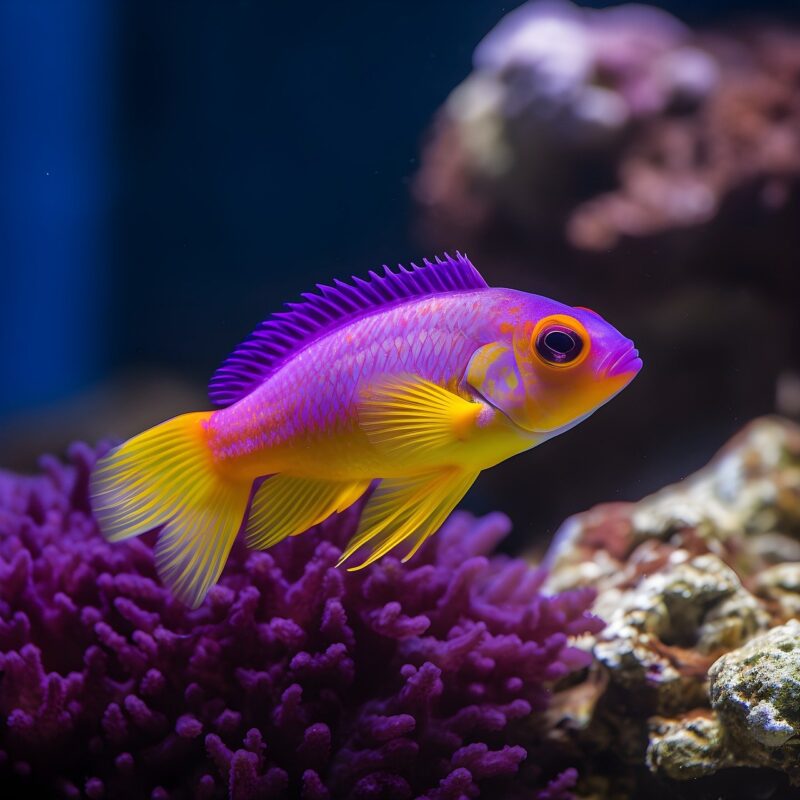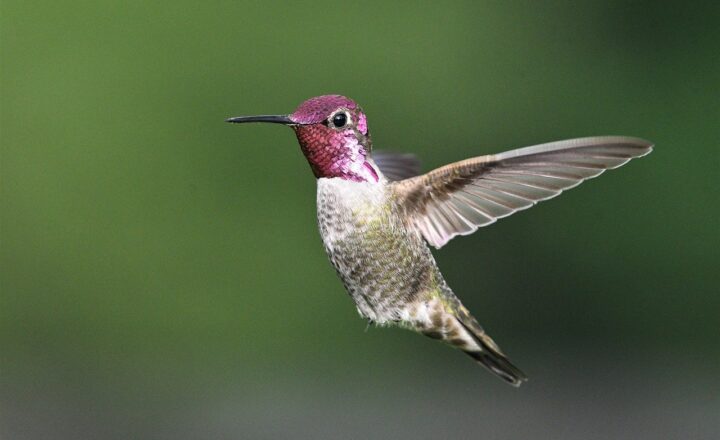The Bizarre Phenomenon of Raining Animals: Unsolved Mysteries of Nature
November 12, 2024

Imagine walking down the street, and all of a sudden, fish begin falling from the sky like rain. This surreal experience, often taken as the stuff of urban legends, is more common than you might think. The phenomenon known as animal rain has been reported throughout history, providing a tantalizing glimpse into the mysteries of our natural world. In this article, we’ll explore the various instances of raining animals, the scientific explanations behind them, and the cultural significance this strange event holds.
1. Understanding Animal Rain: What Exactly Happens?
Animal rain refers to an unusual meteorological phenomenon during which animals, most commonly fish, frogs, or birds, fall from the sky. While it might sound like a myth, documented occurrences span centuries across various cultures and climates. The term encompasses a range of animals, often those that occupy similar ecological niches.
Reports of animal rain typically include:
- Fish: The most common type of animal rain, with reports coming from many regions, particularly over bodies of water.
- Frogs and Toads: Just like fish, these amphibians are often observed to fall during rainstorms.
- Birds: Occasionally, small birds have been noted to rain down during thunderstorms.
- Other Creatures: There have been instances of spiders and even worms being reported to fall from the sky.
The crucial factor in these occurrences is not simply the falling but how these animals are transported to such heights in the first place. To understand this, we must delve into meteorological processes.
2. The Science Behind the Phenomenon
While the idea of animals raining down might seem outlandish, scientists have uncovered plausible explanations for these mysterious events. The primary mechanisms behind animal rain often involve severe weather conditions, including:
- Waterspouts: Similar to tornadoes, these whirling columns of water can pick up small aquatic animals like fish and eject them onto land, explaining sightings of rain-filled with fish.
- Strong Winds: In thunderstorms, particularly those with intense updrafts, animals can be swept into the sky and later fall back to Earth. This phenomenon has been documented with frogs and other lightweight animals.
- Flooding: During heavy rains, ponds or lakes can overrun, causing fish to be displaced. If strong winds accompany the rain, these dislodged creatures may be carried several miles before raining down.
- Tornadoes: Tornadoes can draw animals up from the ground and carry them long distances, leading to reports of raining animals miles away from their original habitat.
The blending of nature’s unpredictability with the understanding of atmospheric science makes these incidents both fascinating and plausible. But despite these explanations, a sense of mystery still lingers.
3. Historical Accounts of Raining Animals
Throughout history, countless accounts have documented instances of animals falling from the sky. Let’s take a look at some notable examples:
- London, England (1857): A bizarre incident involved dozens of fish raining down upon the city, reportedly causing amazement and confusion among the residents.
- Honduras (1998): Following Hurricane Mitch, a phenomenon called “Lluvia de Peces” or “Rain of Fish” occurred, where fish reportedly fell from the sky in large quantities, prompting wonder among locals.
- Sicily, Italy (2003): Witnesses claimed frogs fell in large numbers during a thunderstorms, stirring local folklore of mythical connections between meteorology and local wildlife.
- Kisii, Kenya (2005): Residents described numerous frogs raining down after a storm, which was attributed to strong winds affiliated with a nearby cyclone.
These historical accounts speak to humanity’s curiosity about the intersection of nature and the supernatural, often leading to explanations rooted in local folklore and mythology.
4. Cultural Interpretations and Folklore
In various cultures, raining animals often carry symbolic meanings or become part of local legends. Here are a few interpretations:
- Omen of Change: In many societies, rain is seen as a symbol of blessings. Thus, witnessing animals rain down could symbolize an impending change or transformation reflecting nature’s balance.
- Supernatural Explanations: Some cultures attribute such occurrences to divine intervention or displeasure, interpreting the event as a message from higher powers or spirits.
- Folklore Stories: Many tales, often humorous or cautionary, have been spun around the concept of raining animals, adding layers to the cultural tapestry surrounding this phenomenon.
Cultural responses and adaptations illustrate how intertwined human perceptions of nature are with our storytelling, creating vibrant narratives that elevate the ordinary to the extraordinary.
5. Modern-day Sightings and Documentations
In the contemporary world, the phenomenon of raining animals hasn’t disappeared. Reports still emerge, often shared on social media platforms and local news outlets:
- Fish Rain in Japan (2009): Residents observed fish falling during a heavy rainstorm, drawing attention from scientists and enthusiasts alike.
- Frogs in Australia (2010): Reports surfaced of frogs falling in large numbers after thunderstorms, sparking scientific curiosity into atmospheric phenomena contributing to their transport.
- Bird Rain in the United States (2013): A rare incident of small birds falling during a storm left onlookers bewildered, leading to further inquiry from ornithologists and meteorologists.
These modern sightings remind us that while science can explain these phenomena, the wonder and strangeness of nature remain, fueling our inquisitive desires and cultural richness.
6. The Importance of Understanding Animal Rain
Understanding the occurrences of raining animals sheds light on our environmental systems while captivating imaginations across the globe. Some essential aspects include:
- Environmental Awareness: Discussions surrounding animal rain often highlight ecological balance and species health, emphasizing the impact of climate change on habitats and habitats’ vulnerability to extreme weather conditions.
- Scientific Inquiry: Ongoing interest in this phenomenon fosters further research into meteorology, zoology, and the interplay between these fields, paving the way for new discoveries and understanding of nature’s intricacies.
By studying these extraordinary occurrences, we not only deepen our scientific knowledge but also engage with the cultural narratives that shape our perception of the natural world.
Conclusion
The bizarre phenomena of raining animals challenge our understanding of nature while inspiring curiosity and wonder. Whether justified through scientific explanation or embraced as folklore, these occurrences remind us of the mysteries that remain in our world. From documentation throughout history to modern-day sightings, animal rain continues to intrigue and inspire, leaving us with a thirst for knowledge and a desire to explore the incomprehensible wonders of the natural world.
So the next time you find yourself under a rain shower, take a moment to look up and ponder the possibility—you might just be in for a surprise!






